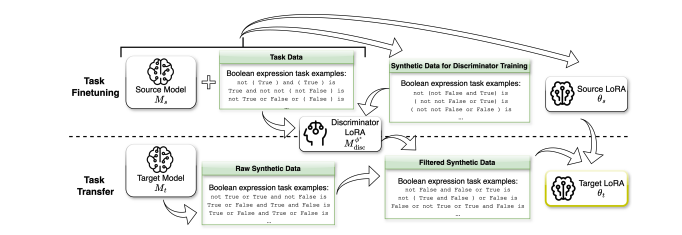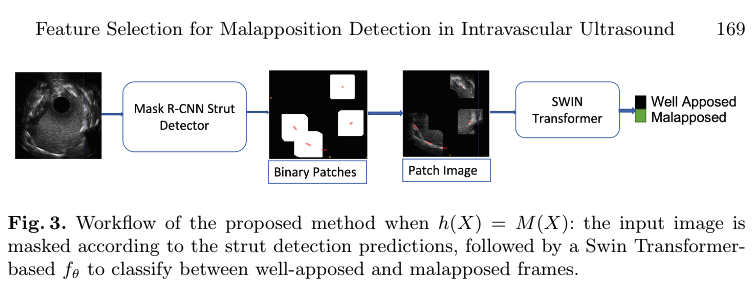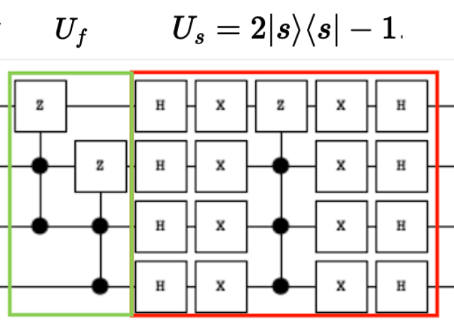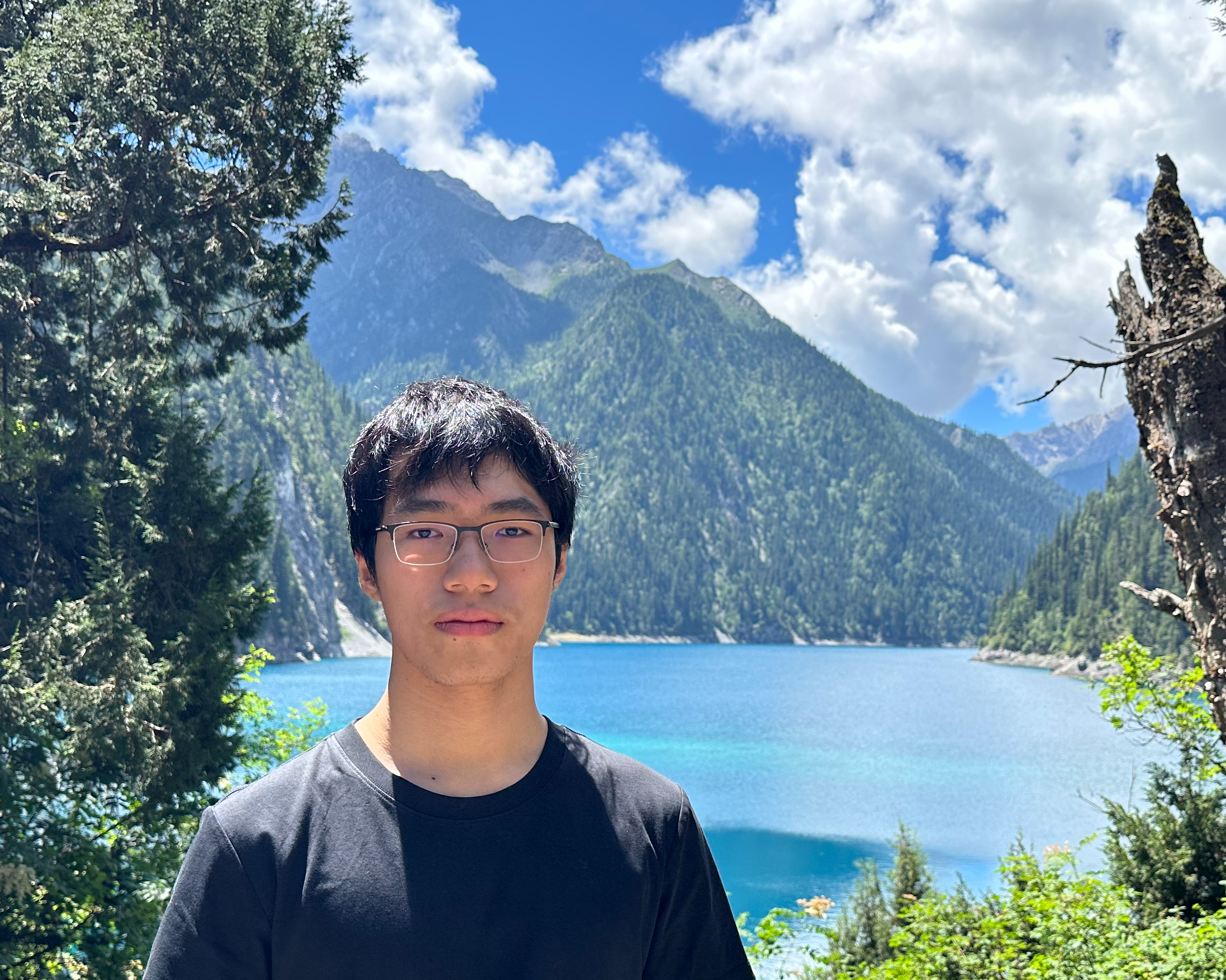|
I used to work on computer vision (medical imaging, motion detection), optimization, natural language processing (LLM finetuning), and algorithms. My current focus is on generative modeling. I was also a research intern at Microsoft Research and IBM Research, and my work was spotlighted on Microsoft's official social media. |

|
Wang, R., Ghosh, S., Cox, D., Antognini, D., Oliva, A., Feris, R. and Karlinsky, L., Advances in Neural Information Processing Systems, 37, 2024 Paper Enables nearly data-free and compute-efficient transfer of existing PEFT modules trained on old base model to new base models, while at least preserving, in most cases improve, performance. |

|
D’Souza, N., Dey, N., Jain, L., Wang, R., Akakin, H., Li, Q., Li, W., Carlson, C., Golland, P. and Syeda-Mahmood, T., Second International Workshop, AMAI, 2023 Paper Provides a comprehensive study on malposition detection using deep learning approaches and proposes a new approach for malposition classification using Mask-RCNN and SWIN transformer. |

|
Chen, C., Wang, R., Bajaj, C. , Öktem, O., Intl Journal of Computer Mathematics, 2022 Paper Proposes a new algorithm to compute the X-ray transform of an image; improves time complexity from O(N^d) to O(N). |

|
Wang, R., IOP Conference Series, 2019 Paper Proposes an ensemble learning neural network for violence detection in videos; achieves over 90% accuracy with speed of 75 FPS. |

|
Wang, R., IEEE Integrated STEM Education Conference , 2021 Paper Applies Grover's quantum search algorithm to solve satisfiability problems and reduces time complexity to the square root of existing solutions. |
|
|
